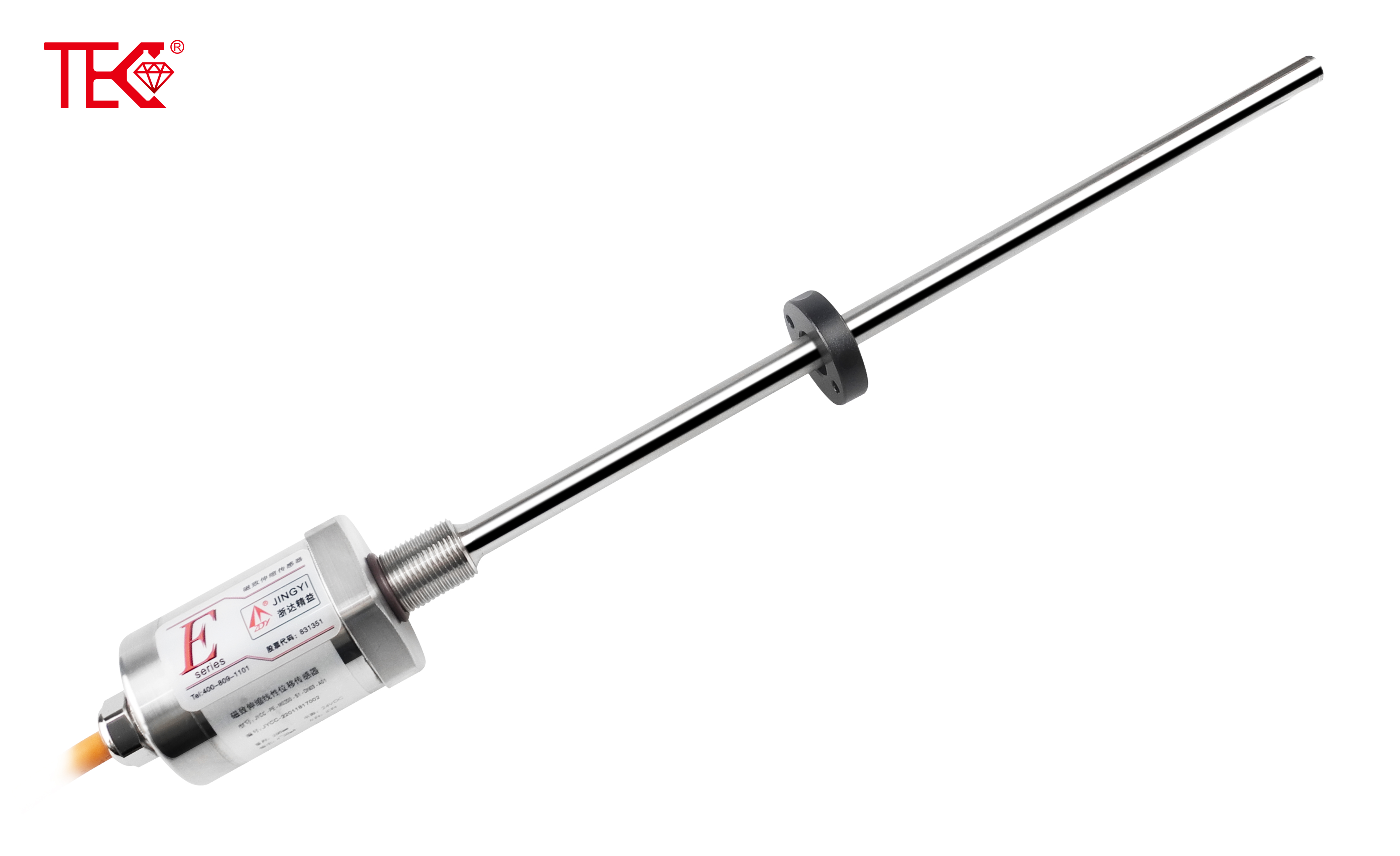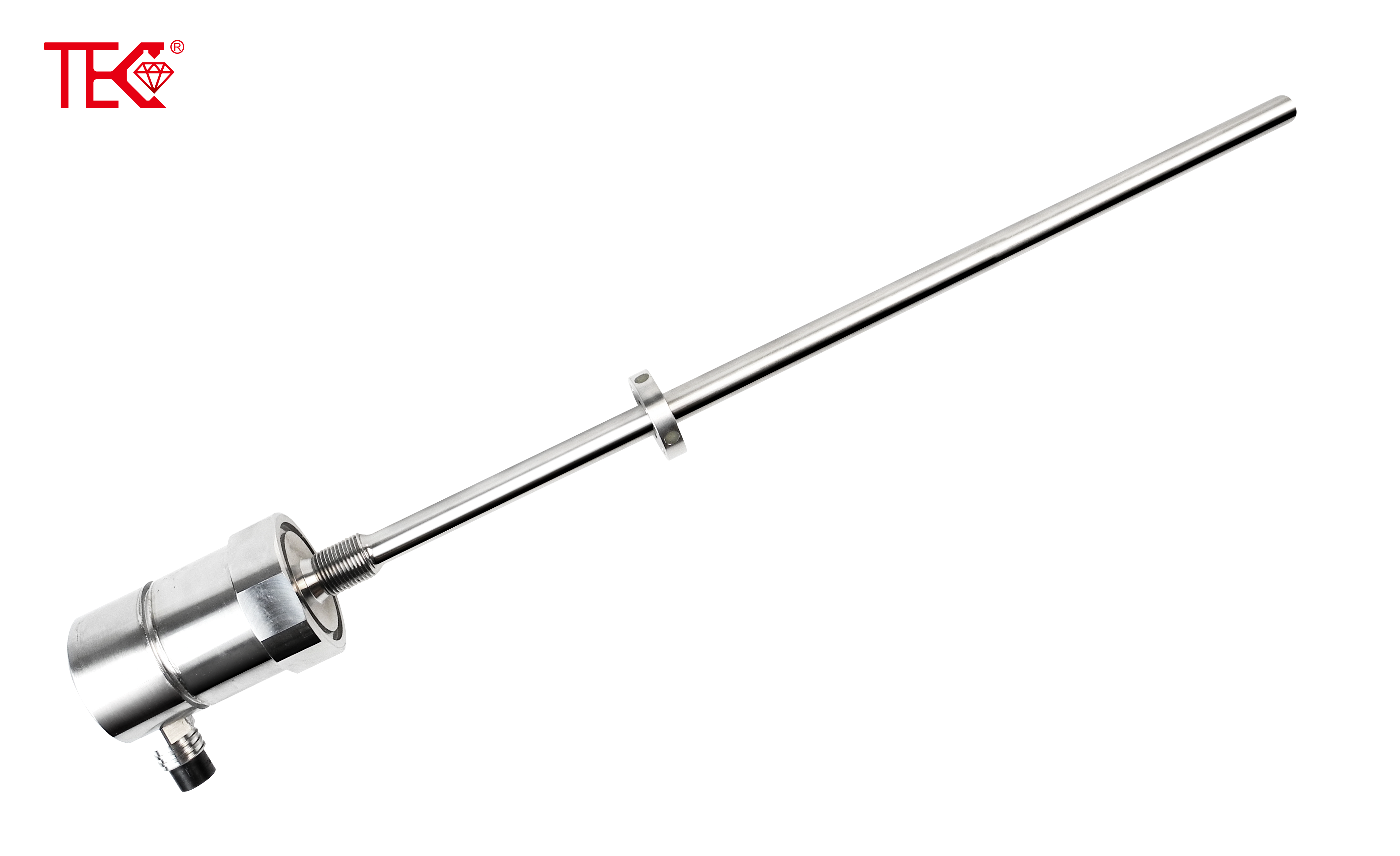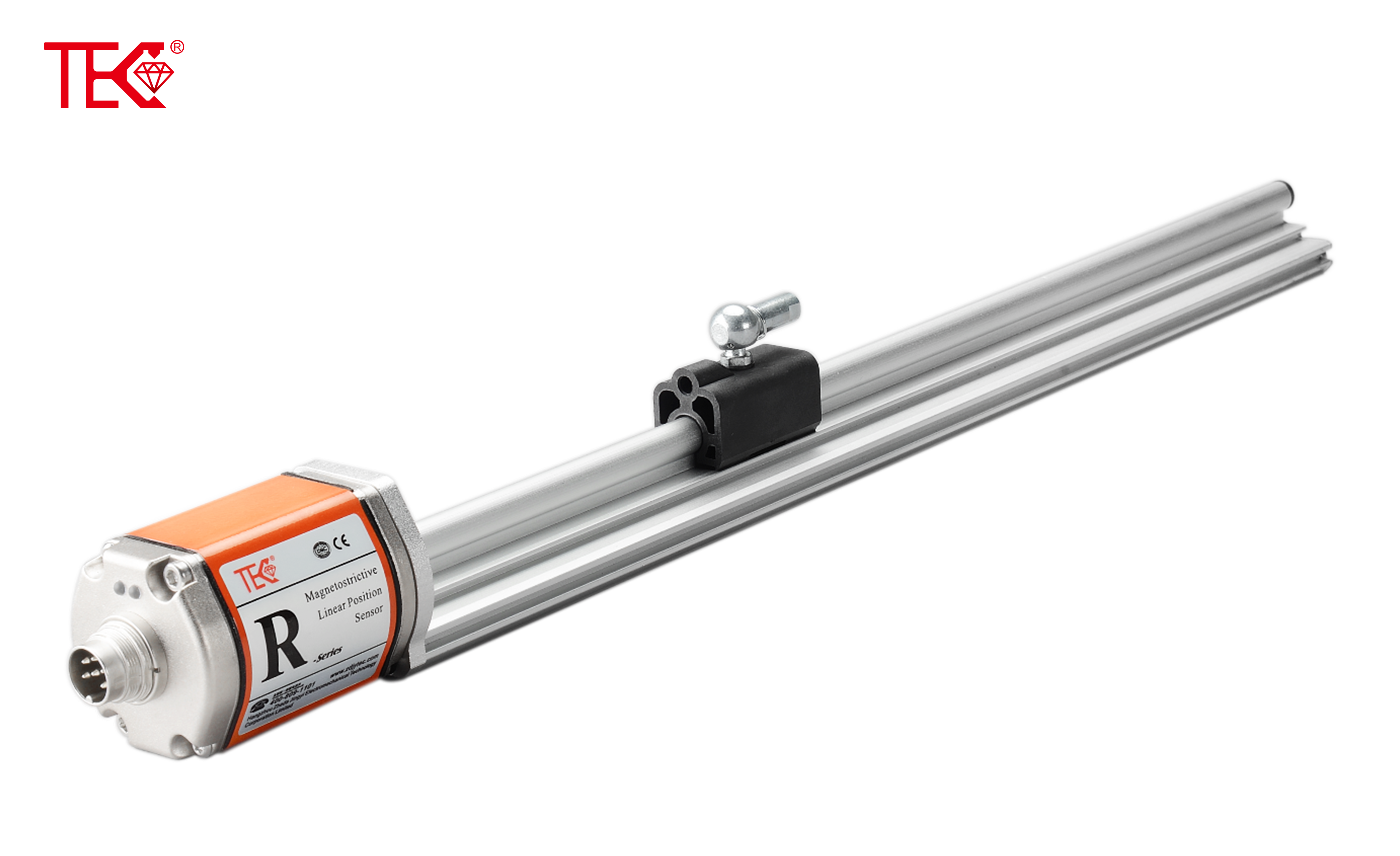How to choose a magnetostrictive liquid level gauge?
When it comes to selecting a magnetostrictive level gauge, it's essential to consider a multitude of factors to ensure that the chosen instrument meets the specific requirements of the application. Magnetostrictive level gauges, renowned for their high accuracy and reliability, are widely used across various industries. In this article, we will delve into the key considerations for selecting the ideal magnetostrictive level gauge, ensuring a comprehensive and informative guide.
Understanding Measurement Needs
The first and foremost step in selecting a magnetostrictive level gauge is to clarify the measurement requirements. This includes identifying the measurement range, precision demands, working environment, and the properties of the fluid being measured. For instance, if the liquid is corrosive, a gauge with corrosion-resistant properties is necessary. Similarly, for high-temperature environments, a gauge that can withstand extreme temperatures is vital.
Understanding the Principle and Characteristics
Understanding the working principle and characteristics of magnetostrictive level gauges is crucial for making an informed choice. Magnetostrictive gauges operate based on the principle of magnetostriction, where a magnetic field interacts with a magnetic float to cause a strain pulse in a waveguide rod. This strain pulse is detected and converted into an electrical signal, precisely indicating the position of the float and thus the liquid level. This non-contact measurement method eliminates errors associated with viscosity and temperature variations, ensuring high accuracy.
Output Signal Type
Another critical aspect to consider is the output signal type. Magnetostrictive level gauges can offer either analog or digital output signals. Analog output gauges convert the displacement of the magnetostrictive element into analog electrical signals, such as 4-20mA current signals, ideal for continuous monitoring applications. Digital output gauges, on the other hand, convert the displacement into digital signals using communication protocols like RS485 or Modbus, facilitating seamless data transmission and remote monitoring.
Structural Forms
The structural form of the level gauge is also an important consideration. Depending on the application and installation requirements, one can choose between straight rod and cable-type gauges. Straight rod gauges are suitable for containers with lower heights and higher precision requirements, while cable-type gauges are more versatile for taller containers and require flexible installation.
Manufacturer and After-Sales Service
Selecting a reputable manufacturer with a proven track record and excellent after-sales service is crucial to ensuring the quality and reliability of the level gauge. Researching various manufacturers, consulting with industry experts, and reviewing product documentation can help in making an informed decision.
Additional Considerations
- Media Compatibility: Ensure the gauge material is compatible with the chemical properties, density, viscosity, and impurities of the measured fluid.
- Temperature and Pressure: Consider the working temperature and pressure range of the fluid, especially for large-range applications.
- Vibration and Shock: Assess the installation environment for potential vibration or shock to ensure the gauge can withstand these conditions.
- Installation and Maintenance: Choose an easy-to-install and maintain gauge that aligns with the available installation space and maintenance protocols.
- Safety Requirements: For explosive or flammable environments, select an explosion-proof or intrinsically safe gauge to ensure safety.
- Additional Features: Depending on the application, consider additional features like remote monitoring, alarm systems, and data transmission capabilities.
Example: MTL4 Magnetostrictive Level Gauge
The MTL4 magnetostrictive level gauge, a product from reputable manufacturers like Miran Technology, offers both explosion-proof and intrinsically safe options. With a measurement range of 30-5000mm, it provides exceptional accuracy and stability. The gauge supports both analog and digital output signals, allowing for flexible integration into various systems. Additionally, its robust design and high-quality materials make it suitable for various applications, including harsh industrial environments.
Conclusion
Selecting the right magnetostrictive level gauge involves a thorough analysis of measurement requirements, understanding the principle and characteristics of the instrument, considering output signal types and structural forms, and evaluating manufacturers and after-sales service. By taking into account these factors, one can ensure that the chosen gauge meets the specific needs of the application, providing accurate and reliable level measurements.
 How to choose a magnetostricti
How to choose a magnetostricti
 Where can the magnetostrictive
Where can the magnetostrictive
 How to choose a magnetostricti
How to choose a magnetostricti
 Working principle of explosion
Working principle of explosion
